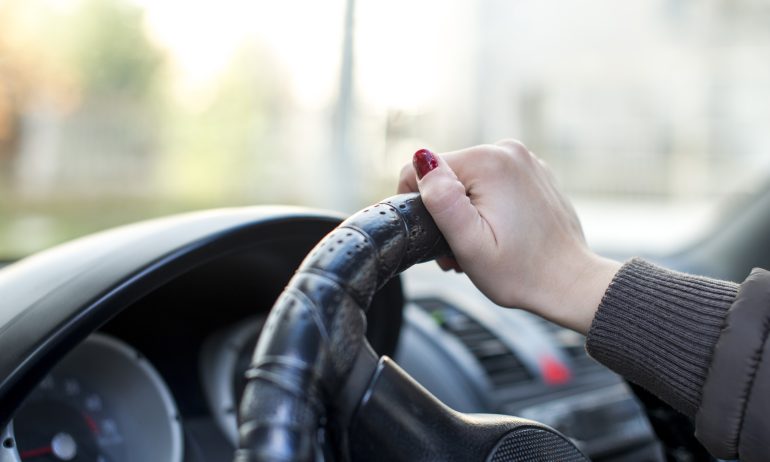Guide to Forward Collision Warning

Many or all of the products featured here are from our partners who compensate us. This influences which products we write about and where and how the product appears on a page. However, this does not influence our evaluations. Our opinions are our own. Here is a list of our partners and here's how we make money.
Forward-collision warning (FCW) alerts a driver when it detects a potential collision with a car ahead.
When paired with other advanced safety features like automatic emergency braking, FWC can reduce crash rates by 49% and the risk of injuries during crashes by 53%, according to a study by the Partnership for Analytics Research in Traffic Safety (PARTS).
Although it isn’t federally mandated, automakers install FCW features in many new models as standard technology. The National Transportation Safety Board (NTSB) has proposed mandates that would require this technology in all new cars.
How does automatic forward collision warning work?
FCW notifies drivers, typically with a visual, audible or tactile alert (or a combination of these) when it senses a likely collision with a car directly ahead. It uses sensors and radar located in the front of the car to gauge how close a driver is to the vehicle in front of it. Some newer forward collision technology also have pedestrian detection, which means they alert drivers to potential collisions with people, large animals and cyclists — not only vehicles.
Depending on the vehicle model, most forward collision warning systems are activated when a driver is going above a certain speed.
Many FCW systems are paired with another advanced safety feature called automatic emergency braking (AEB). AEB automatically applies a car’s brakes when it detects a potential collision with an object in its path. Although these two safety features are often coupled together, they perform two separate functions — FCW only warns drivers and AEB physically applies the brakes. Note that there are some FCW-only vehicles that don’t have AEB installed as well.
What to know about forward collision warning
Manufacturers sometimes use different names for the forward collision warning feature. For example, Toyota refers to it as Pre-Collision System with Pedestrian Detection (PCS w/PD) and Kia calls it Forward Collision-Avoidance Assist (FCA). While these systems generally perform the same function, there may be differences in capabilities across manufacturers and models. You can check your owners manual to learn how your specific FCW system works.
Similar to other safety features that depend on cameras and sensors to function, weather conditions like rain or snow and other external factors like the sun’s glare can hinder FCW from working optimally. It’s key that drivers maintain a safe distance between cars ahead and not solely rely on features like FCW when on the road.

